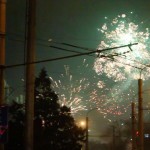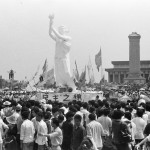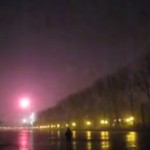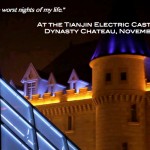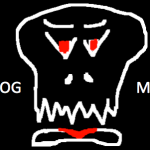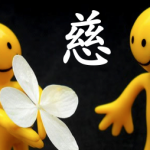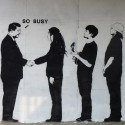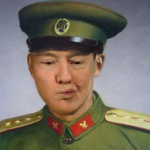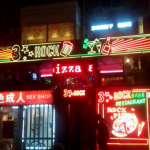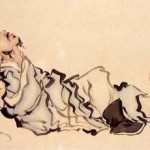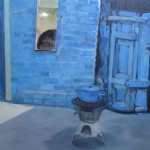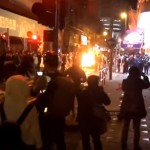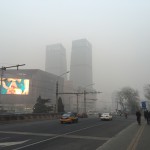80x80cm-530x491.jpg)
Our friends at Beijing Today swing by now and then to introduce art and culture in the city.
It’s hard to find anyone without an opinion about this city, be it a fear of pollution, heavy traffic or some other widely reported negative attribute.
But Beijing isn’t all bad.
Tasty snacks, magnificent architecture and a comparatively cosmopolitan environment are among the city’s selling points, which is what artist Tian Li attempts to capture in his work.
Tian’s paintings skip over human figures to focus on buildings. Majestic palaces, ancient city walls and narrow alleys dominate his canvas. Tian appears to love Beijing. Or to be more exact, he loves to paint Beijing.
Tian’s life experiences have greatly influenced his creative process. He followed his parents to Beijing from Liaoning province when he was 10 years old. Since then, he has spent most of his life in the city. After 50 years, he knows Beijing better than most natives.
His obsession comes at the cost of total exclusion of all other locations. “Art originates from life and should draw deeply on personal experience,” he said. An artist who plans to paint a city should live there for a long time to avoid missing its soul.
“I have traveled many beautiful places like Huangshan and Guilin. They are certainly amazing, but I’m not going to depict these places with the superficial eyes of a tourist,” he said.
It’s easy to find themes in Tian’s art. Reds and yellows – the colors of ancient palaces – dominate most of the pictures.
China regards red as a festive color and a symbol of dignity and luck. As early as 30,000 ago, ancient people began decorating their caves with red hues. After the Zhou Dynasty, Chinese palaces were mostly decorated with red.
As for the wide use of yellow, the color is tied to China’s search for its origins. Han civilization began in the Yellow River Valley by the loess plateau. Yellow has been the official color of imperial power and authority since the Han Dynasty: in feudal times it was reserved for use by the royal family.
Tian’s work is divided into block prints and oil paintings. Block prints make up most of his earlier work, though he has moved away from the medium due in part to its difficulty. Block printing is a medium of subtraction and requires the artist to start over completely to correct even minor mistakes, he said.
But the simple colors of block prints are perfectly suited to depicting Beijing’s hutongs – the antithesis of palace life. While the palace was a land of riches and luxury, the hutongs were humble dwellings associated with simplicity or poverty.
“Maybe in the future I will use wash painting to depict Beijing,” he said. Regardless of which medium he chooses next, it’s a safe bet that Tian’s sole subject matter will continue to be the city’s spirit.
42x50cm-1140x500-530x232.jpg)
This post originally appeared in Beijing Today.




